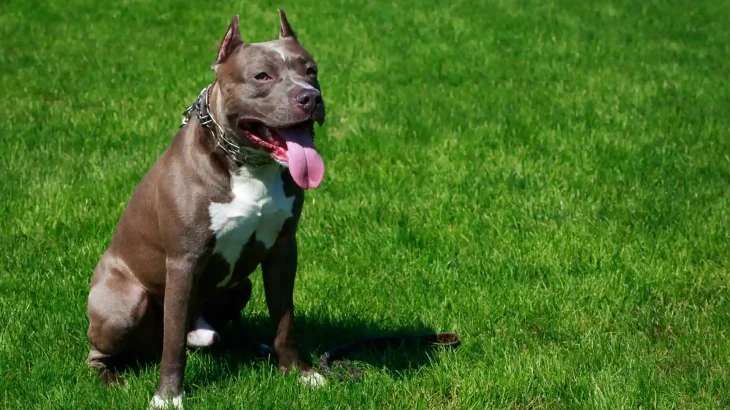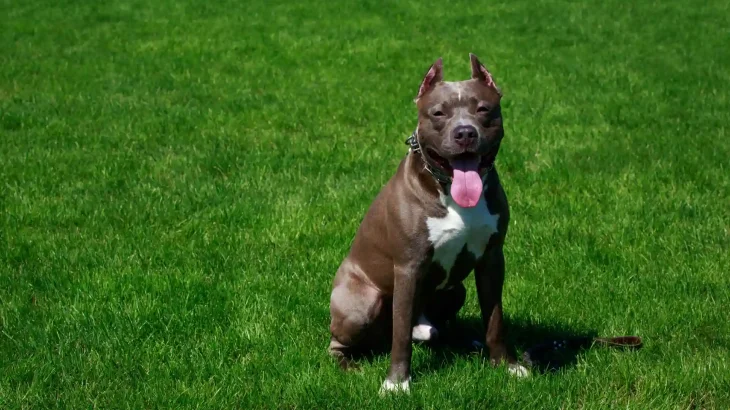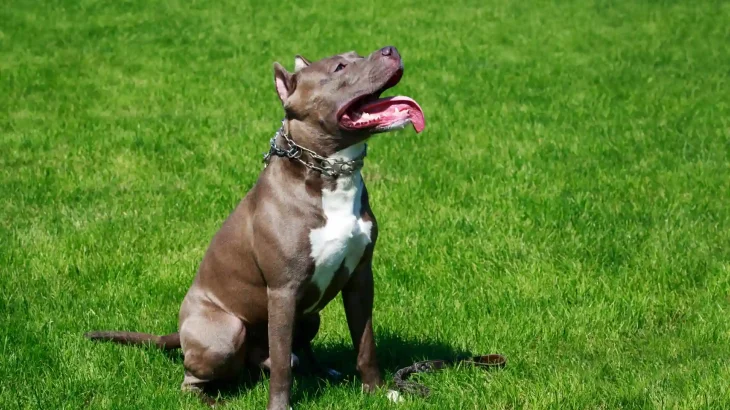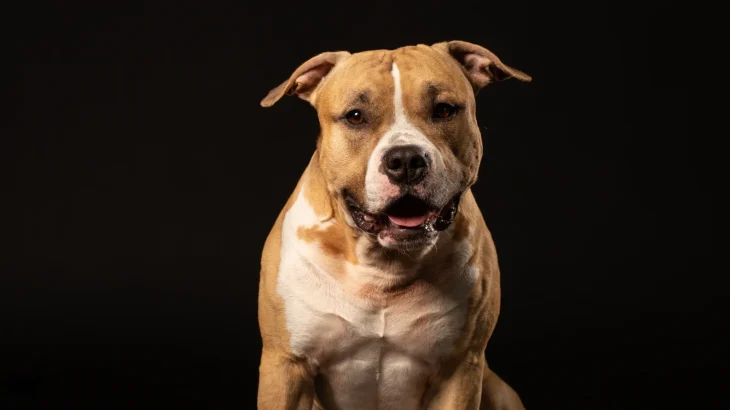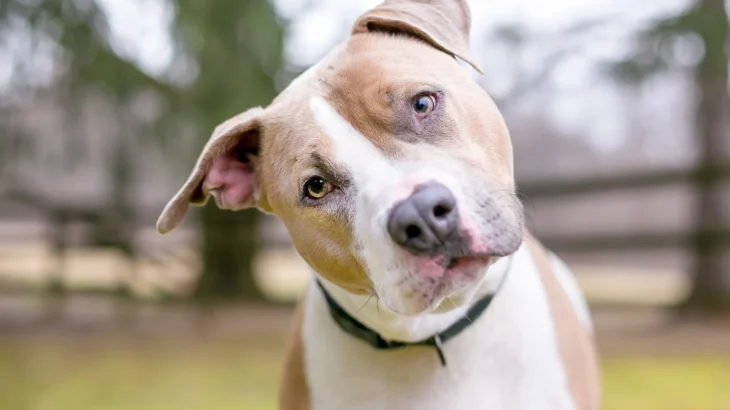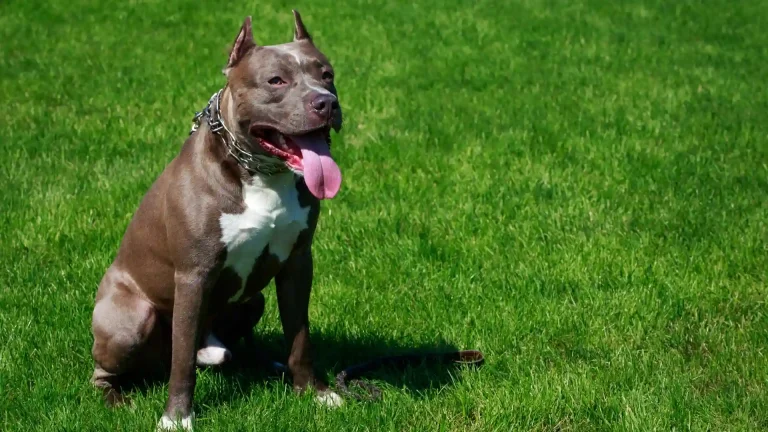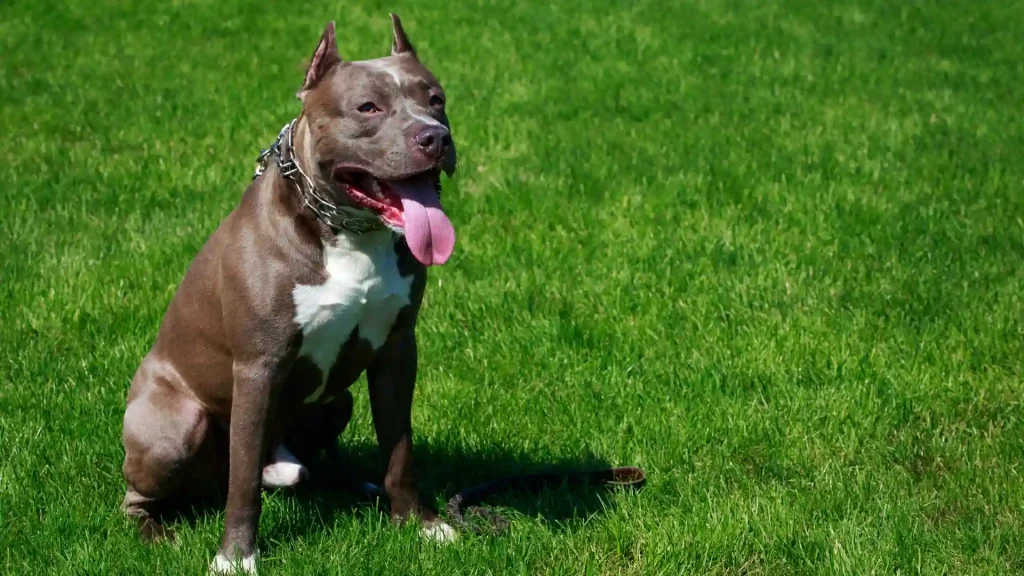Deciding between adopting or purchasing an American Pit Bull Terrier puppy depends on what matters most to you, whether supporting animal rescue or obtaining a puppy with verified pedigree. Each choice has unique benefits and points to consider, especially given the breed's known traits and common practices.
Adoption vs. Breeder: Pros & Cons
| Criteria | Buying from Breeder | Adopting from Shelter/Rescue |
|---|---|---|
| Cost | Usually higher due to breed popularity and pedigree checks; prices vary widely. | Lower fees, often covering vaccinations and spay/neuter. |
| Health History | Breeders often provide detailed health info and screenings. | Health records may be incomplete, but basic medical exams are typical. |
| Age Availability | Mostly puppies, allowing early training. | Various ages available, including adults and seniors. |
| Temperament Insight | Breeders can share lineage and behavior traits. | Staff may report observed behavior; full background might be unknown. |
| Supporting Practices | Supports ethical breeders focused on responsible breeding. | Supports animal welfare by giving homes to dogs in need. |
| Legal Documentation | Usually includes papers confirming breed and ownership. | Documentation may be limited; emphasis on rehoming. |

